It was a familiar sight: clear skies and calm waters, though this time I was looking at the Atlantic Ocean. As the ferry sailed southwestward from Tarifa, whitewashed settlements on the other landmass grew larger by the minute. In thirty minutes’ time, I would set foot on my third continent, Africa.
I’ve ridden many vessels in my exploration of central Philippine islands and northern Greece, and I thought cruising across two continents was one for the books. It seemed novel and fanciful: seeing the breadth of the blue sky while basking under the Atlantic sun. It didn’t happen. In reality, the cruise was less romantic, though that previous expectation was eventually overpowered by my excitement.
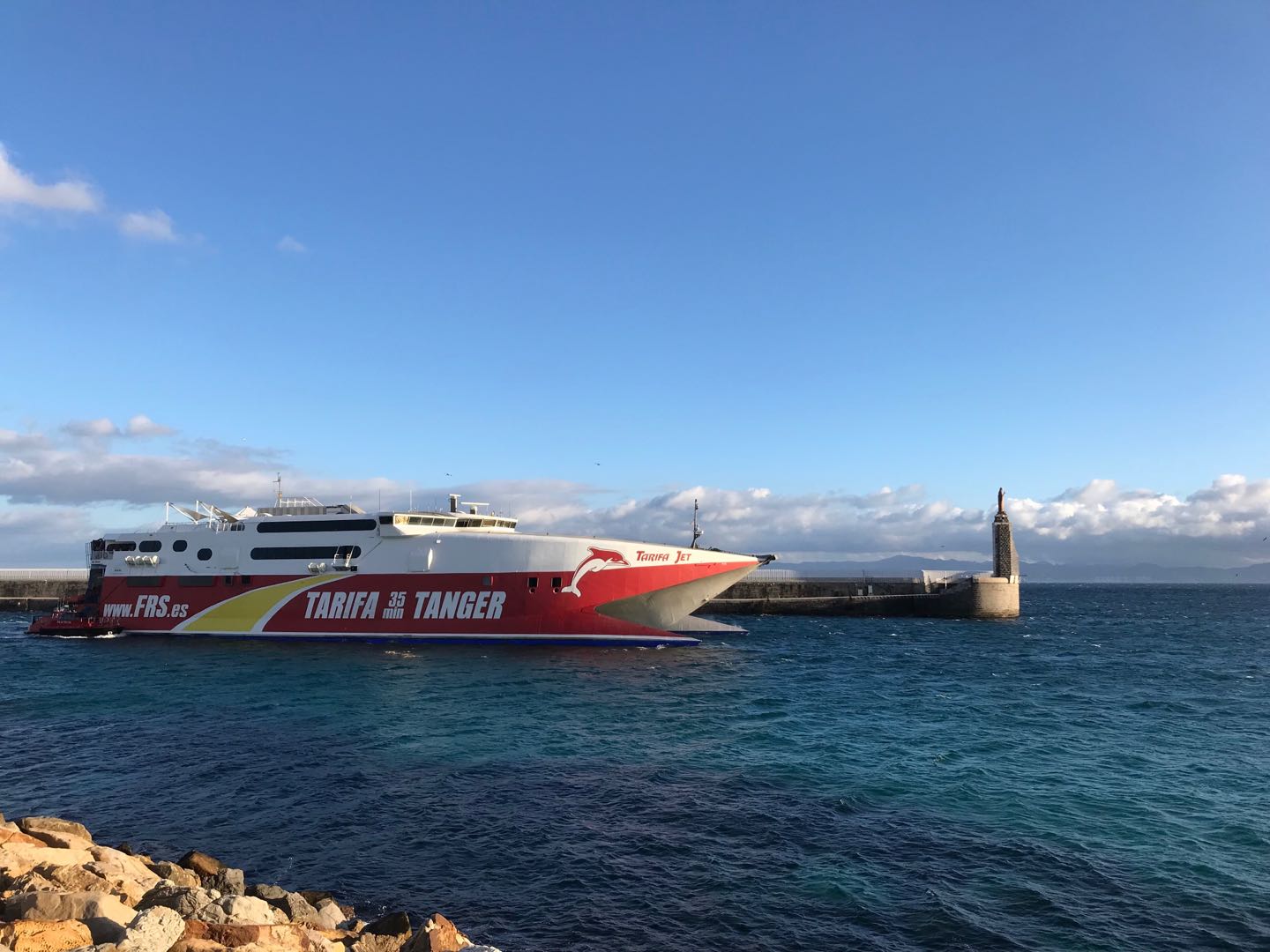
Just the previous day, I was sitting on top of the breakwater, talking to myself about letting go of the heavy emotional baggage I brought from Beijing. And then after a couple of hours, I scrambled to drag my luggage down the ferry while taking a “selfie footie”.
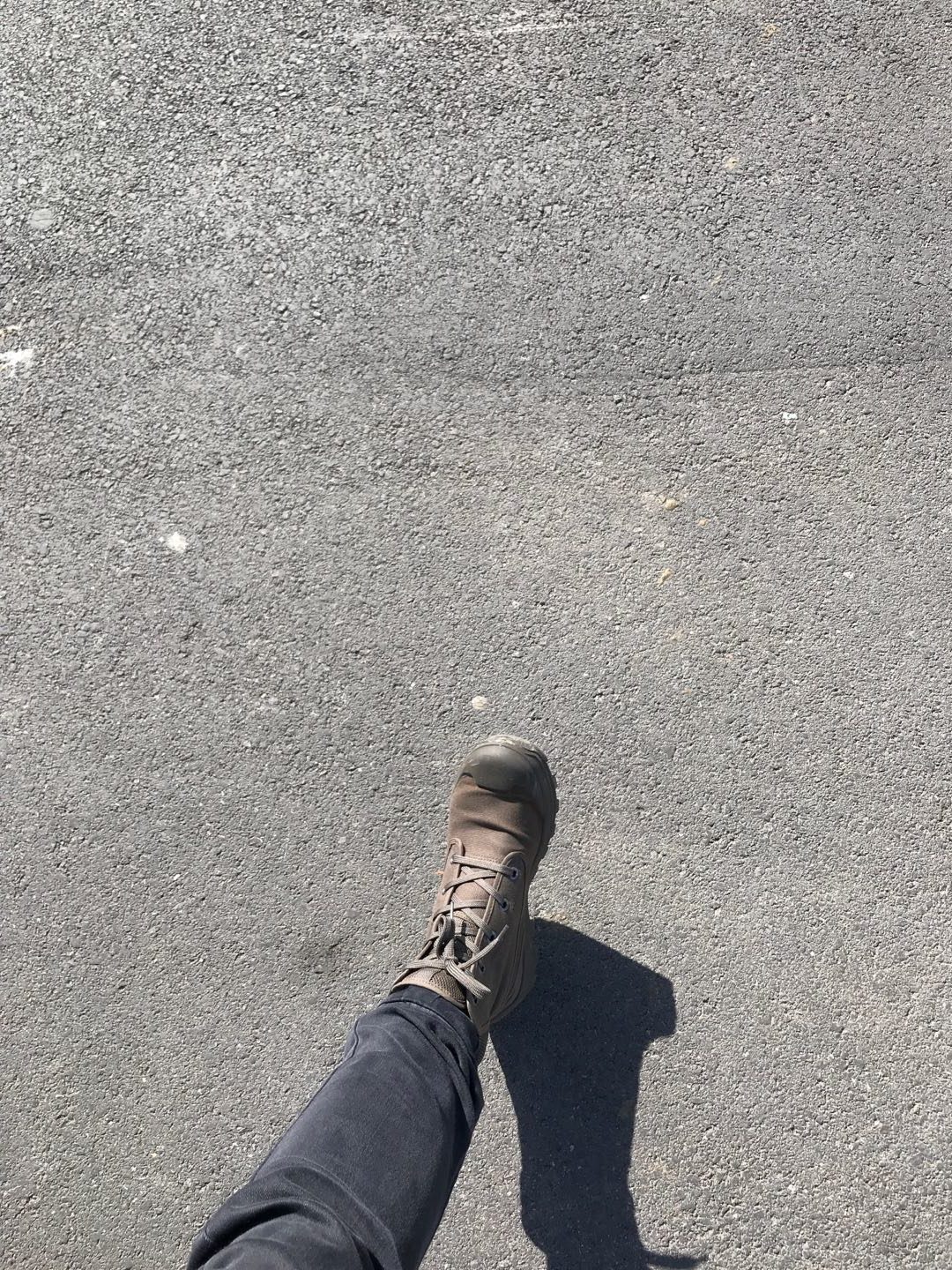
Upon exiting the Tanger-Med port, a stretch of whitewashed buildings welcomed us travelers, but it was the local porters and taxi drivers who brought the first tinges of color to the beginning of my Moroccan journey. A backpacker who I met in Tarifa the day before warned me that “Moroccans are pushy,” and that “don’t wander through the Tangier medina at night.” Armed with this survival tip, I brushed off the touts who hollered “Hello! Nihao! Konnichiwa! Chinese? Chinese?’ at me.
I memorized the route from the port to my riad (guesthouse) while on the ferry. I downloaded a digital map on my phone, though I avoided using it because my inner self was on the verge of freaking out. “Konti na lang” (“In a bit” in Filipino), I told myself as the riad was just a kilometer from the port. Never did I realize I would traverse a fish market, then a local cemetery, and claustrophobic alleys to reach my accommodation. All with luggage in tow. All eyes on me. Everyone offering help.
“My friend, are you lost?” a local man asked me.
“No, thank you,” I replied irritably.
“My friend, don’t be afraid,” he said.
If my Asianness has helped me blend in Beijing, it didn’t work in Tangier. For many local touts, I was classified as a walking money bag, made in China or in Japan. Not made in the Philippines.
Sometime after, a group of youngsters coerced me into accepting their help to find my riad because the alleyways were just dizzying. When we arrived there, the boys still asked for money but the guesthouse owner shooed them away.
At last, a respite. It truly was.
But my room looked different from the one advertised on Ctrip. It should be bright and breezy. But in reality, it was just a block with orange-painted walls. Thankfully there was a window and a bed covered with rough Moroccan quilt.
Later in the afternoon, I walked outside to acquaint myself with the medina. The youngsters were still there, this time, playing football on a small downhill square. The alleys transformed into a vivid and busy souk, and the sweet aroma of saffron mixed with the roasted smell of kebabs filled the air. Further downhill, tourists and patrons flocked the fish market street that led to the old town square where the restaurants, banks, and ATMs were.
Frugality is important when traveling, but common sense is way more critical. All the nearby ATMs linked to UnionPay did not work. I couldn’t go to a bank either because I left my passport in my riad. All of that happened since I refused to buy dirhams in Spain because of disappointingly high exchange rates. The result: no dinner on Day 1 in Morocco.
That shouldn’t happen again, I promised myself.
I started Day 2 with a goal of getting dirhams first, then exploring the rest of the old town. With my passport, of course. And an umbrella, because it was overcast.
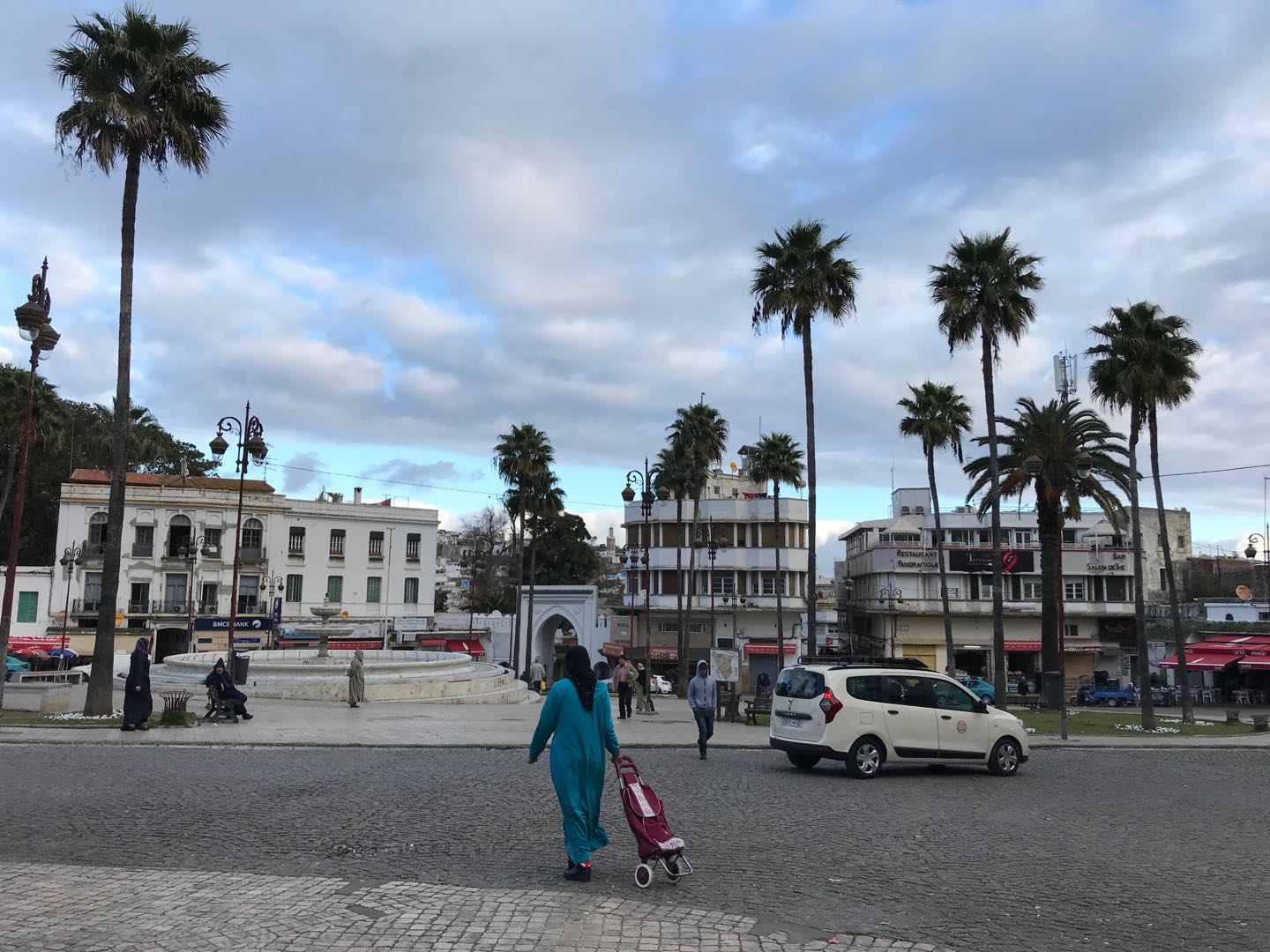
A couple of steps from the riad, I was greeted by a local who wore a long gray robe with a pointed hood and held a walking stick.
“My friend, why do you have that (pointing to my umbrella),” he curiously asked.
“It’s forecast to rain later this afternoon,” I responded.
“Don’t worry, my friend. It will be a good day,” he said back.
I ignored the old man, mainly because I had to keep my instincts up. After all, my passport’s with me.
Once I succeeded exchanging euros into dirhams, I strolled aimlessly through the medina, watching souk owners wave and hang their colorful carpets and carefully arrange their glistening tagines and pottery. Somewhere uphill, I walked furtively on the streets of the old town’s kasbah (fortress), reaching a viewing deck that marked the beginning of the whitewashed settlements that overlooked the port and the Atlantic Ocean.
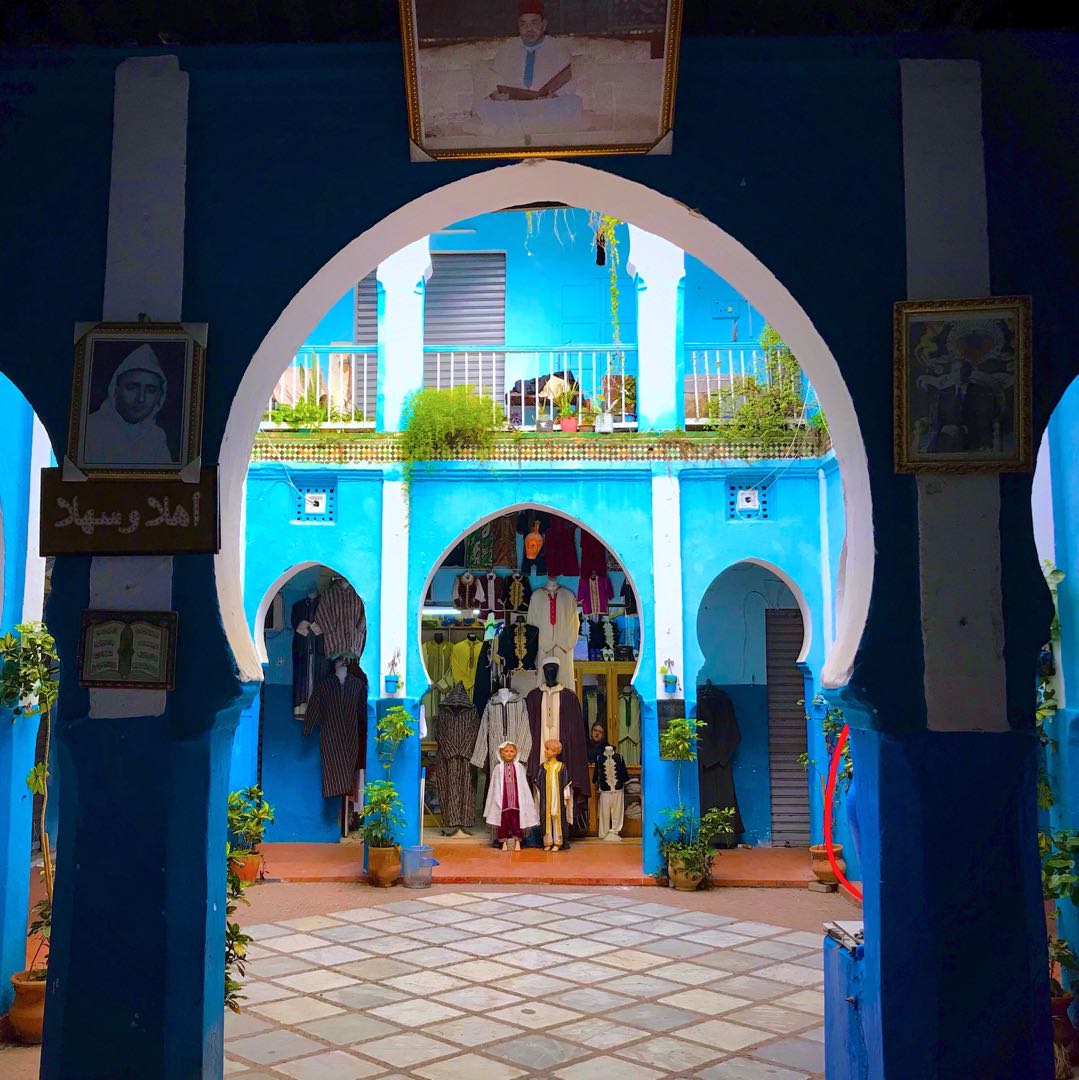
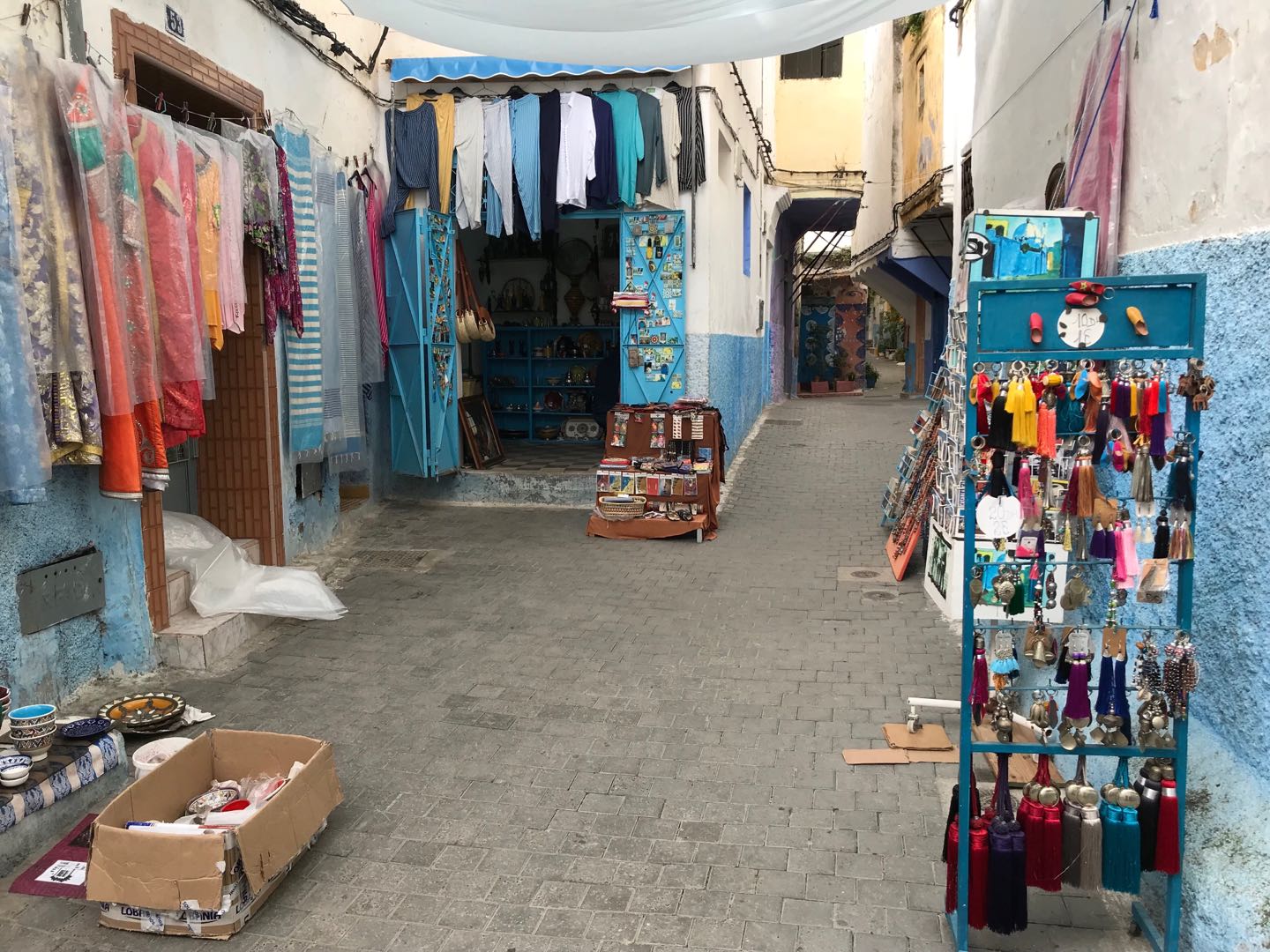
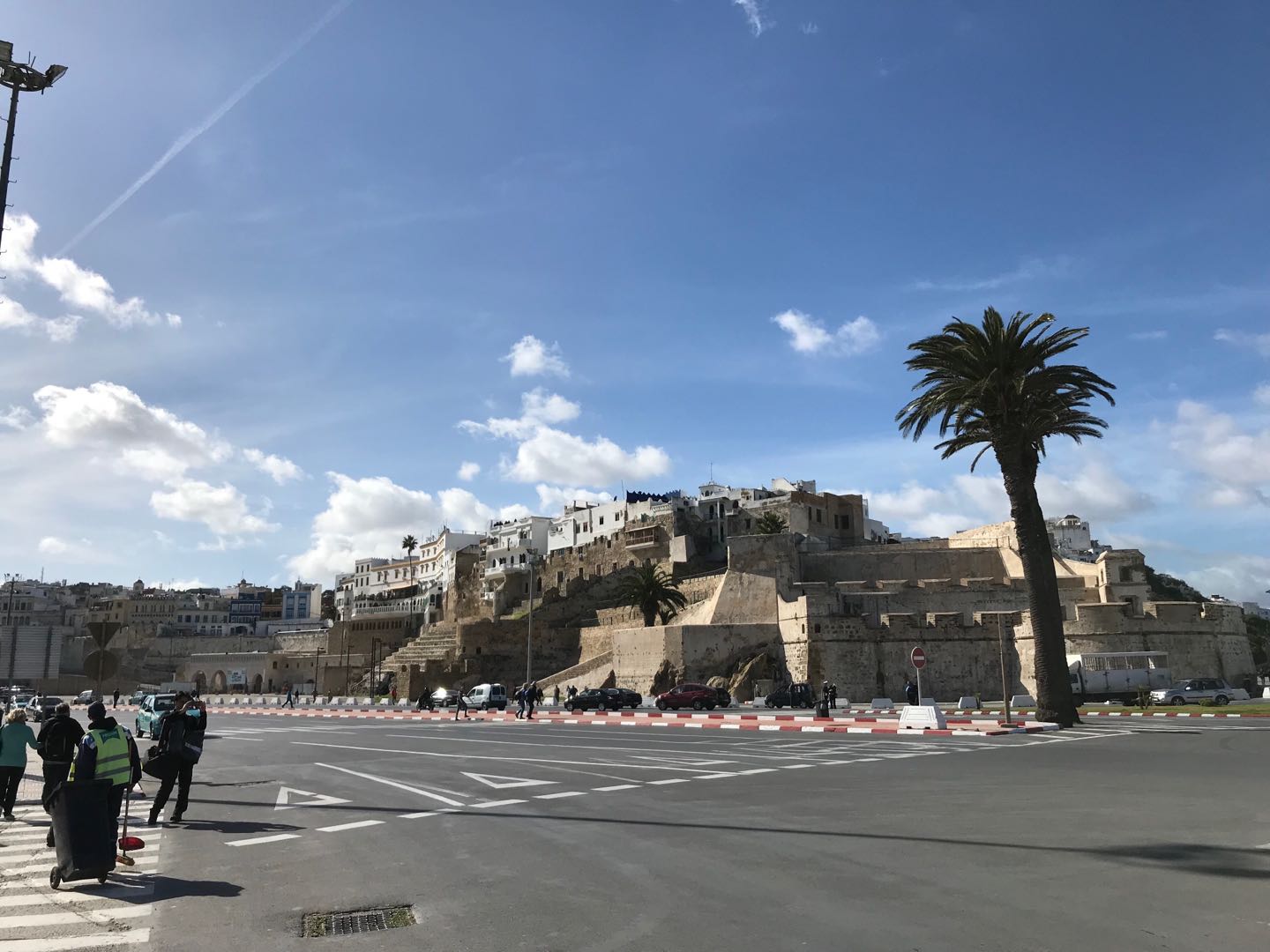
Photos: Andy Penafuerte III
